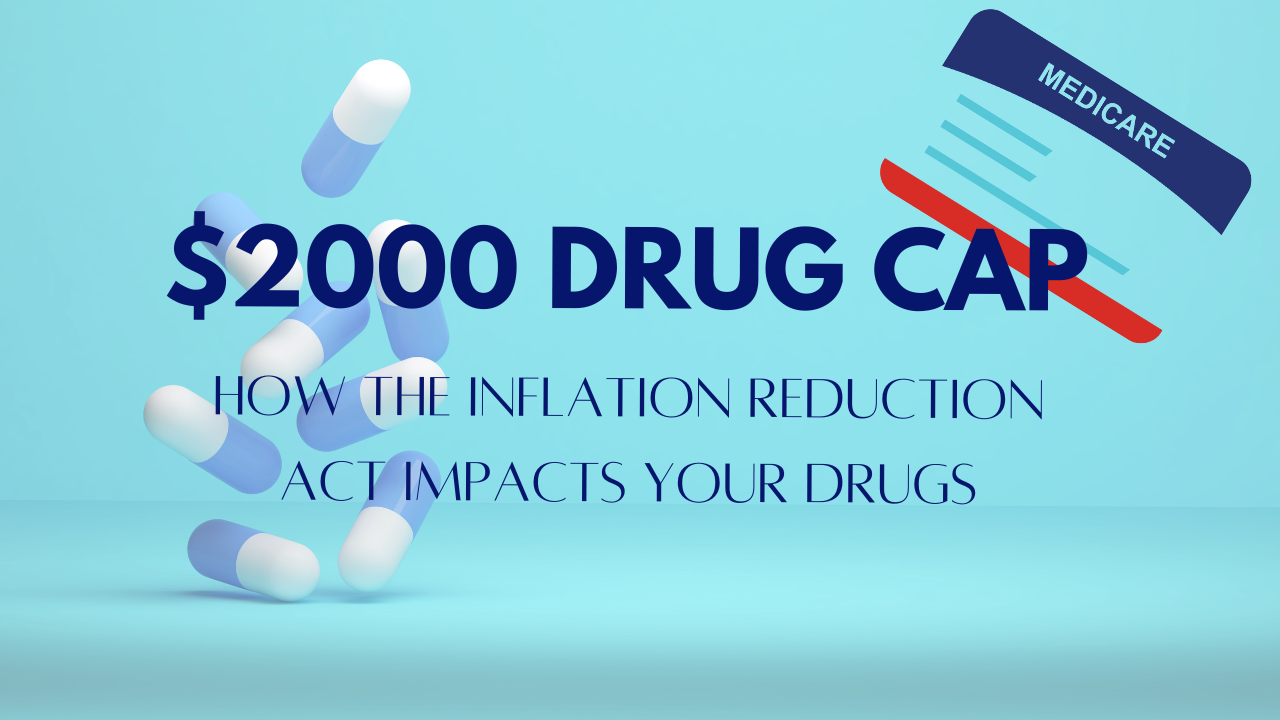The Inflation Reduction Act introduces major changes to Medicare, including a new cap on out-of-pocket prescription drug costs. Starting in 2025, Medicare Part D will implement a $2,000 out-of-pocket cap on covered prescription drugs. This update aims to offer seniors more financial predictability and protection from rising medication costs.
Here’s what you need to know about the 2025 Medicare Part D out-of-pocket cap and how it may affect your premiums and benefits.
How the 2025 Medicare Part D Out-of-Pocket Cap Works
The 2025 Medicare Part D out-of-pocket cap will limit your out-of-pocket costs for prescription drugs to $2,000. This includes all costs related to your medications, such as:
- Deductibles
- Copayments
- Coinsurance
Importantly, it also includes what your Medicare Part D or Medicare Advantage plan contributes toward your drug costs.
Once you reach $2,000 in out-of-pocket costs for covered prescriptions, your Medicare Part D or Medicare Advantage (MAPD) plan will cover 100% of the remaining prescription costs for the year. After hitting the out-of-pocket cap, you no longer have to pay anything for covered medications.
How Will This Cap Impact Medicare Part D Plans?
While the 2025 Medicare Part D out-of-pocket cap provides financial relief for enrollees, it will likely lead to changes in how Part D and Medicare Advantage with Prescription Drug (MAPD) plans are structured. Here are some potential impacts:
Higher Premiums
Because plans will cover all drug costs after the $2,000 limit is reached, you may see higher premiums. Insurance carriers will need to balance this increased responsibility, and higher monthly premiums are a likely outcome. Be sure to review your plan’s pricing during open enrollment to ensure it still meets your needs.Adjustments to Extra Benefits
Some Medicare Advantage plans may scale back on extra benefits, such as dental, vision, or hearing coverage, to compensate for the increased cost of covering prescriptions once the out-of-pocket cap is met. As these plans take on more financial risk, they may adjust or reduce non-drug-related benefits.Fewer Low-Premium Plans
To manage the costs of covering drug expenses after the cap is reached, insurers may reduce the number of low-premium plans available. While affordable plans will still exist, there may be fewer options that combine low premiums with extensive prescription drug coverage.
Why the 2025 Medicare Part D Out-of-Pocket Cap Matters
For seniors facing high prescription drug costs, the 2025 Medicare Part D out-of-pocket cap offers crucial relief. This cap ensures that your yearly out-of-pocket expenses for prescription drugs will not exceed $2,000, regardless of how expensive your medications are. Once you hit this limit, your plan will pay for all additional covered drug costs, protecting you from potentially overwhelming expenses.
However, it’s important to keep in mind that this new benefit may come with trade-offs, such as higher premiums or changes to extra benefits. Stay informed and make sure you review your plan carefully during open enrollment to understand how these changes will impact your coverage.
Next Steps
s the 2025 Medicare Part D out-of-pocket cap approaches, it’s crucial to stay proactive. Review your current plan and anticipate how these changes will impact your prescription drug coverage, premiums, and extra benefits. If you have any questions or need assistance, Starr Insurance Group is here to help you navigate these upcoming changes.
Reach out to us today to learn more about how the new cap will impact your plan and ensure you’re getting the coverage that fits your needs.

